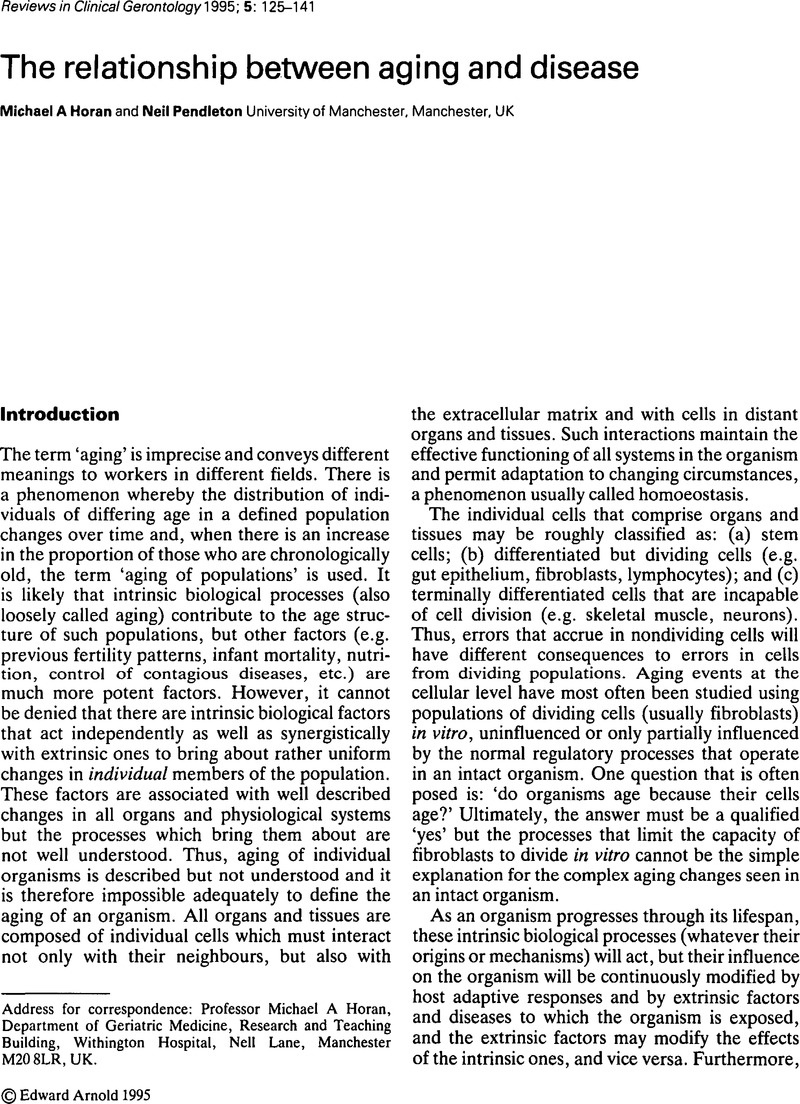Crossref Citations
This article has been cited by the following publications. This list is generated based on data provided by Crossref.
Kirkwood, Thomas B. L.
1996.
Human senescence.
BioEssays,
Vol. 18,
Issue. 12,
p.
1009.
Gariballa, S. E.
and
Sinclair, A. J.
1998.
Nutrition, ageing and ill health.
British Journal of Nutrition,
Vol. 80,
Issue. 1,
p.
7.
Helmchen, Hanfried
and
Kanowski, Siegfried
2001.
Gerontopsychiatrie und Alterspsychotherapie in Deutschland.
p.
11.
Davis, Heather S.
and
Rockwood, Kenneth
2004.
Conceptualization of mild cognitive impairment: a review.
International Journal of Geriatric Psychiatry,
Vol. 19,
Issue. 4,
p.
313.
Lin, Shupeng
Sun, Xuefeng
Shi, Suozhu
Xi, Chunsheng
Hong, Quan
Lu, Yang
and
Chen, Xiangmei
2011.
Roles of fibrin deposition and protease activated receptor-1 in renal cytokine/chemokine production and inflammatory cell infiltration in rats of different ages.
Journal of Applied Biomedicine,
Vol. 9,
Issue. 4,
p.
231.



